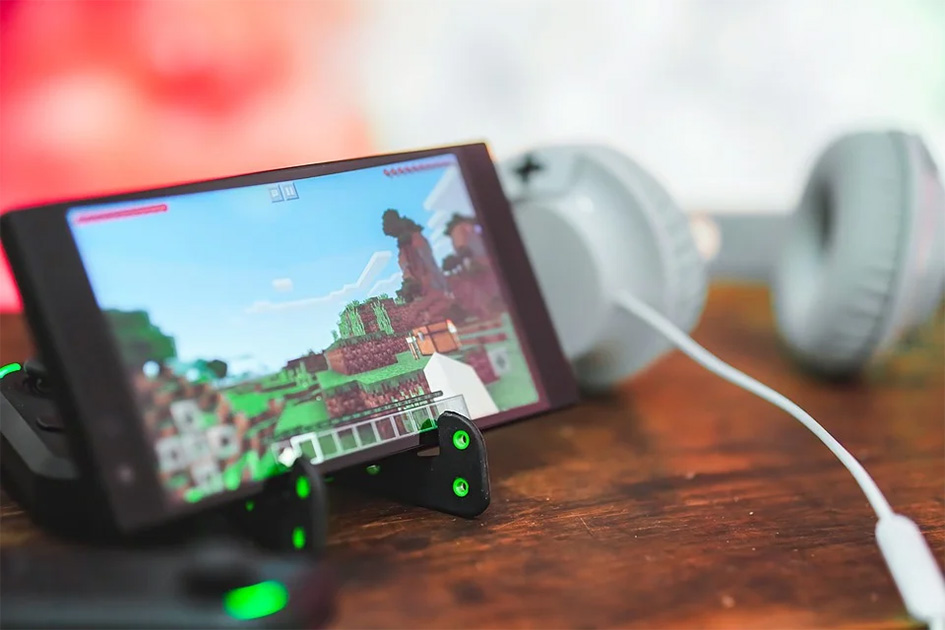
Collaborative Learning In Time For Social Distancing
[ratings]
[gamipress_social_share title=”Share to win Knowledge Points!” twitter=”yes” twitter_pattern=”{title} on {site_title}” twitter_count_box=”vertical” twitter_button_size=”medium” facebook=”yes” facebook_action=”share” facebook_button_layout=”button” facebook_button_size=”small” linkedin=”yes” linkedin_counter=”none”]
Collaborative Learning
Several things change from when we are students, to when we join the workforce. One of the things that don’t change though, is our attitude towards assessment. Employees in an organization might feel just as bored at the prospect of an assessment, as a student would. In fact, employees are even more reluctant to be part of assessments than students are, as they have several other responsibilities as well. Most employees feel stressed about professional and other workplace assessments, and they aren’t really interested in participating.
Still, assessments are an important part of professional life. Organizations have material, ideas, and training that they need to pass on to the employees. They are always striving to find better ways to help their employees become more receptive and retain most of the information they are provided.
This is a problem when everything else is in order. It’s an even bigger problem when most employees are exercising social distancing, and can’t be crammed into a conference room together.
Collaborative Learning and Social Distancing
It’s hard getting individual employees to be excited about training and assessments, or to increase their level of interest. But the results are much better when organizations move towards collaborative learning. It resolves many of the inherent problems there are with workplace learning: Memorization challenges (increase as we grow up), attention span shortens when there is too much information to absorb, and employees find it hard to focus with other workplace responsibilities on their mind.
Collaborative learning exercises counter these challenges through team building, collaborative spirit, competition, and group rewards. It also increases bonding within team members. It’s more fun, exciting, and helps employees dive deeper into the experience than they would have if they were trained and assessed individually.
Collaborative learning is a potent tool in the hands of organizations and institutions, and it helps them improve the learning experience of their employees and students. Except, it’s taken away from their hands because of the pandemic and social distancing.
But what if we could offer you something even better?
Gamifying Collaborative Learning
Yes. Gamifying the learning experience of your employees and corporate teams can help you take your collaborative learning experience to a whole new level (gaming pun intended!). And the best part, social distancing can’t stop you.
If you have conducted even a few Zoom meetings or tried to keep up with your training calendar with the help of conventional e-learning platforms and other conferencing solutions, you know how boring it can be. Participants are dozing off, and it’s a+ mess trying to get everyone to work together collaboratively. It’s neither fun nor productive, and gamifiying this experience can give you both.
We have created a powerful, customizable, and unique platform where team training is conducted through multiplayer gaming. It has allowed us to stimulate the ultimate learning experience. It’s fun, collaborative, increases participation willingness substantially, and helps almost all participants retain most of the conveyed material and information.
Team managers can invoke team spirit in more ingenious and fun ways and efficiently measure the learning performance of their team members. Our platform has several training programs created by a variety of professionals, but it can also adapt to other training contents. So if you have your own training manuals and materials that you want to convey to your employees, we can embed that into our games.
Conclusion
Gamification isn’t merely a novel idea; there are considerable figures to back up its effectiveness. Like the fact that the average game player is over 38 years old, which sits neatly around the median age of your workforce. And there are about 2.7 billion active gamers worldwide, so the chances are that a hefty portion of your workforce already plays video games. This has resulted in 79% of employees gaining motivation and purpose in the workplace; 90% of employees feeling more productive, and 83% of employees feel more motivated to participate when training is gamified.
So if you are looking to instill and facilitate collaborative learning in your workforce, despite social distancing, Gamifying your trainings with us is an option worth considering. With 11+ years of experience, Pixelhunters has a proven record of successful gamification solutions and platform developments. Contact us!

